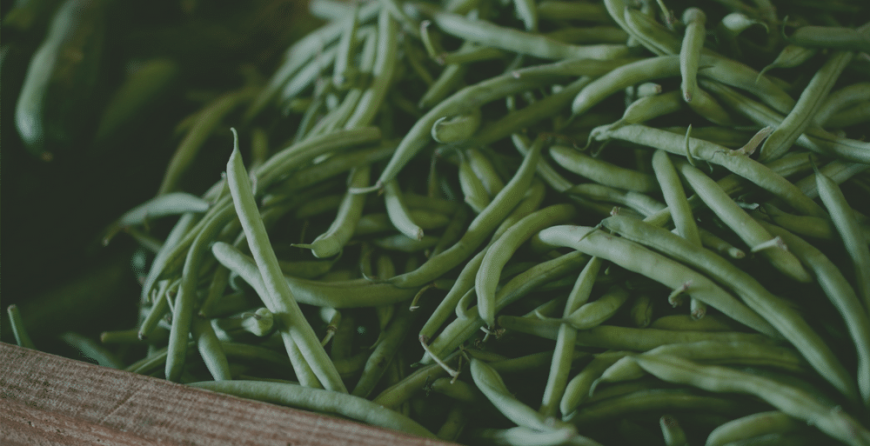
Organic gardens come in all shapes and sizes. Some people may tend them as a hobby, while others may use the fruits and vegetables to help feed their families. Furthermore, we all have different sizes of organic gardens. Therefore, if you want to maximize your yields, regardless of your garden size, here are some tips to accomplish that.
Grow your organic crops in beds, not rows.
If you don’t have a lot of space allowed, square foot gardening is an excellent alternative. By building raised boxes, you can control soil conditions much better than in rows. Organic gardening of this sort is also ideal for people with neck and back troubles. Furthermore, raised beds are considered to drain better than traditional row gardens.
Use succession planting in your organic garden
- Make efficient use of space
- Maintain a continuous supply
- Lengthen the harvest window
- Optimize quality and yield
More specifically, you could start by planting varieties of crops that are adapted to mature in cooler temperatures. Also, plant varieties of the same crop that have different days to maturity. This can really help your organic garden because non-competing crops often have different maturity dates.
Try growing crops in the front yard.
Utilizing your front yard to expand your organic garden can be paramount, especially when using space to it’s full extent. You may feel like a bit of a rebel if you start planting and harvesting crops from your front yard, but the benefits can be bountiful. First, consider that growing crops in your front yard can help keep the critters away. For example, would it be easier for a deer to eat your crops in the back yard where there’s shade and cover? Or in the front yard where there may be traffic and people walking by?
Grow microgreens.
A microgreen is a tiny vegetable that is used as a visual and flavor component or ingredient primarily in fine dining restaurants. Chefs use microgreens to enhance the beauty, taste and freshness of their dishes with their delicate textures and distinctive flavors.
There are many benefits to incorporate microgreens into your organic garden. First, microgreens can thrive in small spaces, from large box planters to small containers on your windowsill. Microgreens are also very easy to grow. They don’t require the most experienced of green thumbs. In fact, they are so easy to grow that if can be a fun project for kids.


